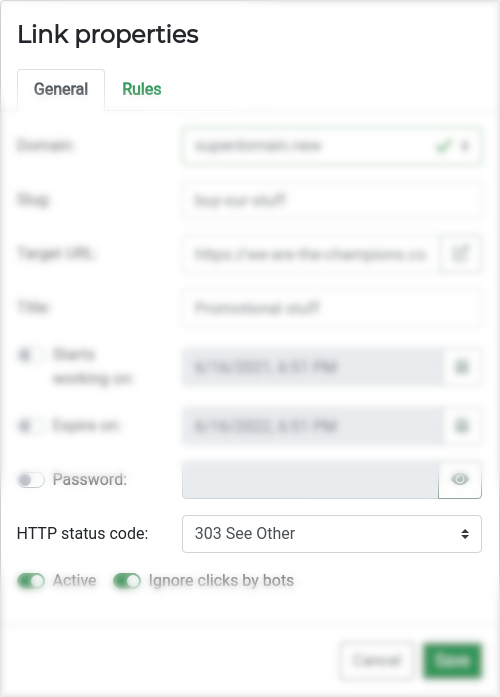Maintaining the HTTP status quo
Short links have just got better!
If you’ve been in the short-link business a while, you must have heard of things like permanent and temporary redirect.
Those who are good with numbers can also remember the magic numbers of 301 and 302 (and a few others).
Well, these are more than just numbers. HTTP status codes are important for SEO and correct functioning of your shortened URLs.
HTTP status codes
HTTP status codes describe the HTTP server response to the request sent by your browser. They indicate whether the request has been handled successfully and, in certain cases, what you need to do next.
The latter includes the so-called redirection codes, or the 3xx code family. When your browser receives one of those, it will automatically surf on to the location provided by the server.
Which is the essence of what URL shorteners, like once.to, do: they accept a short URL and redirect the visitor to the original, long, address by issuing a 3xx status code.
301 or 302?
Not only the destination URL is important, though, but also the HTTP status code returned alongside it.
For example, the 302 code wouldn’t allow the browser to cache the destination address, whereas responding with 301 will ensure your link is SEO-compliant and appreciated by search engines — you can learn more in our KB article on status codes.
The default redirection behaviour of once.to is as follows:
- When a link has a Start date, an Expiry date, or any Rules, it’s considered changeable and will therefore redirect using the
302 Foundcode. - When a link is password-protected, it will also redirect with
302 Foundto prevent the browser from caching the “protected” target URL. - For all other cases once.to will redirect the visitor with the “SEO-safe”
301 Moved Permanentlycode.
Have your say
That said, you can now override the default behaviour by explicitly stating the code to use:

Refer to our documentation for more details.
Tags: blog, HTTP, permanent redirect, redirect, SEO, short link, short URL, status code, temporary redirect, URL
